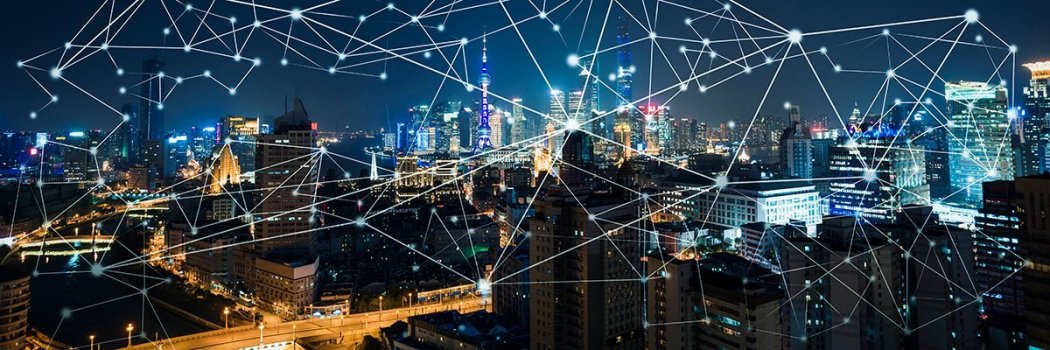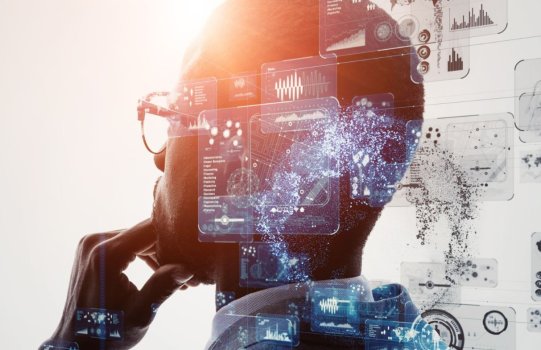The rise of AI and its impact on business
- Technology Solutions
- 0 Replies
What is artificial intelligence? Artificial intelligence, also known as AI, involves using computers to carry out tasks that would normally require human intelligence, such as understanding natural language and recognizing patterns.
AI works by using a number of different methods to mimic human intelligence, including machine learning, natural language processing and artificial neural networks.
The benefits of AI for businesses
Reduce costs
Businesses can use artificial intelligence to reduce costs in a number of ways, including:
Artificial intelligence can help businesses improve the quality of their products and services by:
AI works by using a number of different methods to mimic human intelligence, including machine learning, natural language processing and artificial neural networks.
The benefits of AI for businesses
Reduce costs
Businesses can use artificial intelligence to reduce costs in a number of ways, including:
- Automating processes that would otherwise be carried out by human employees, such as customer service and accounting.
- Using artificial intelligence to improve decision-making, which can lead to increased efficiency and reduced wastage.
- Generating insights that can help businesses make better strategic decisions, such as where to allocate resources or how to price products.
Artificial intelligence can help businesses improve the quality of their products and services by:
- Automating quality control processes.
- Using artificial intelligence to develop new products and services.
- Using artificial intelligence to customize products and services to individual customers.























